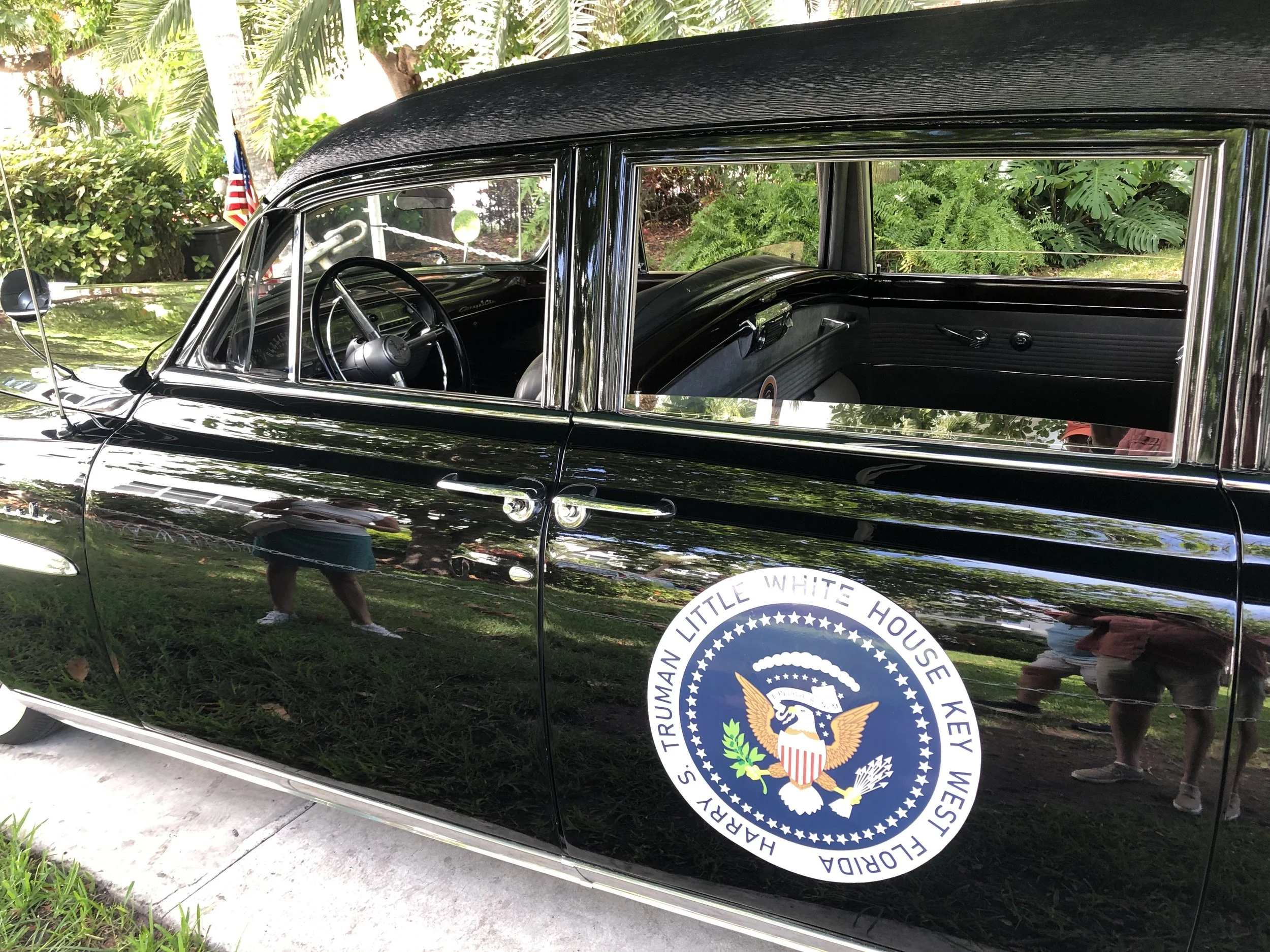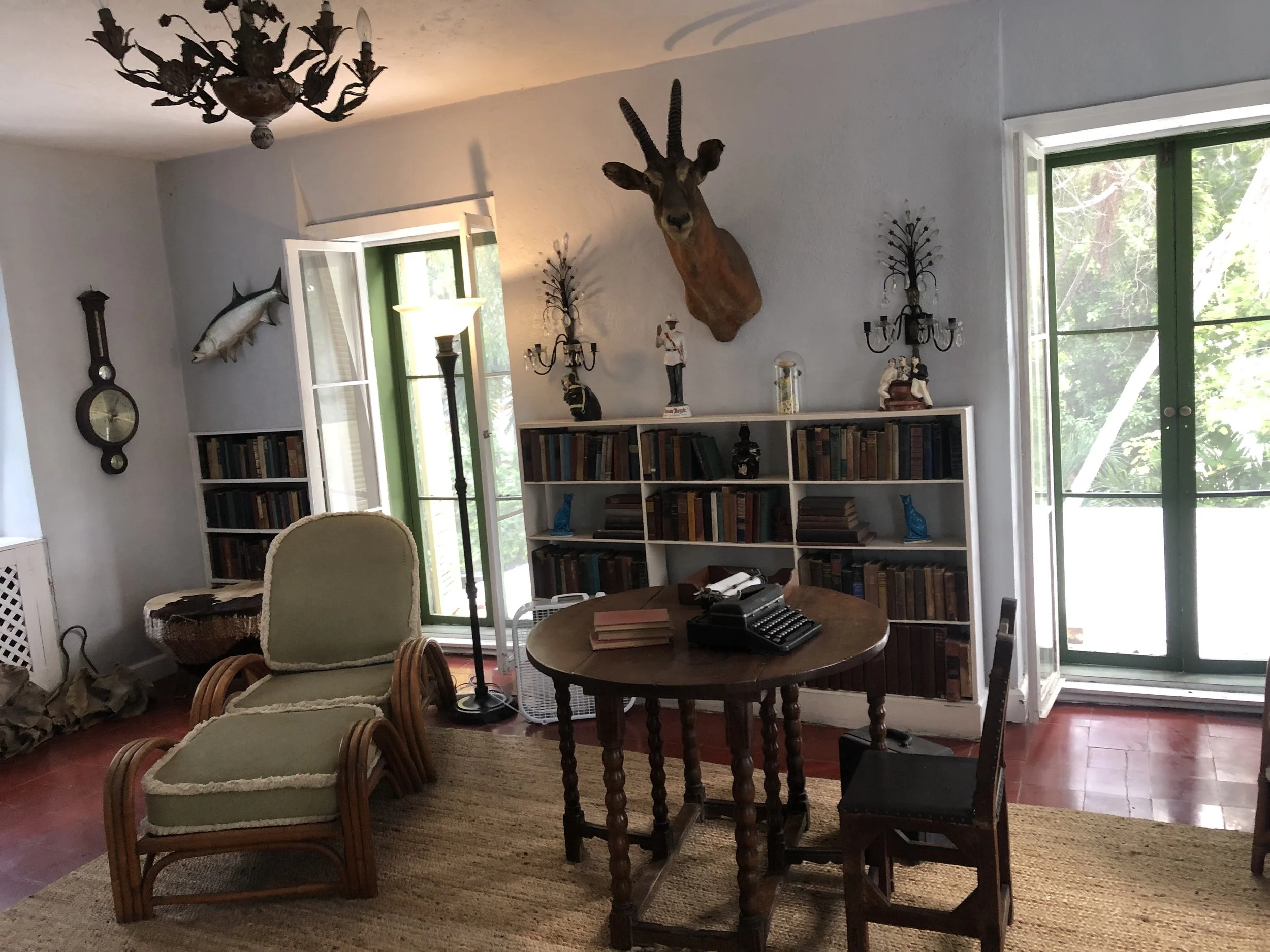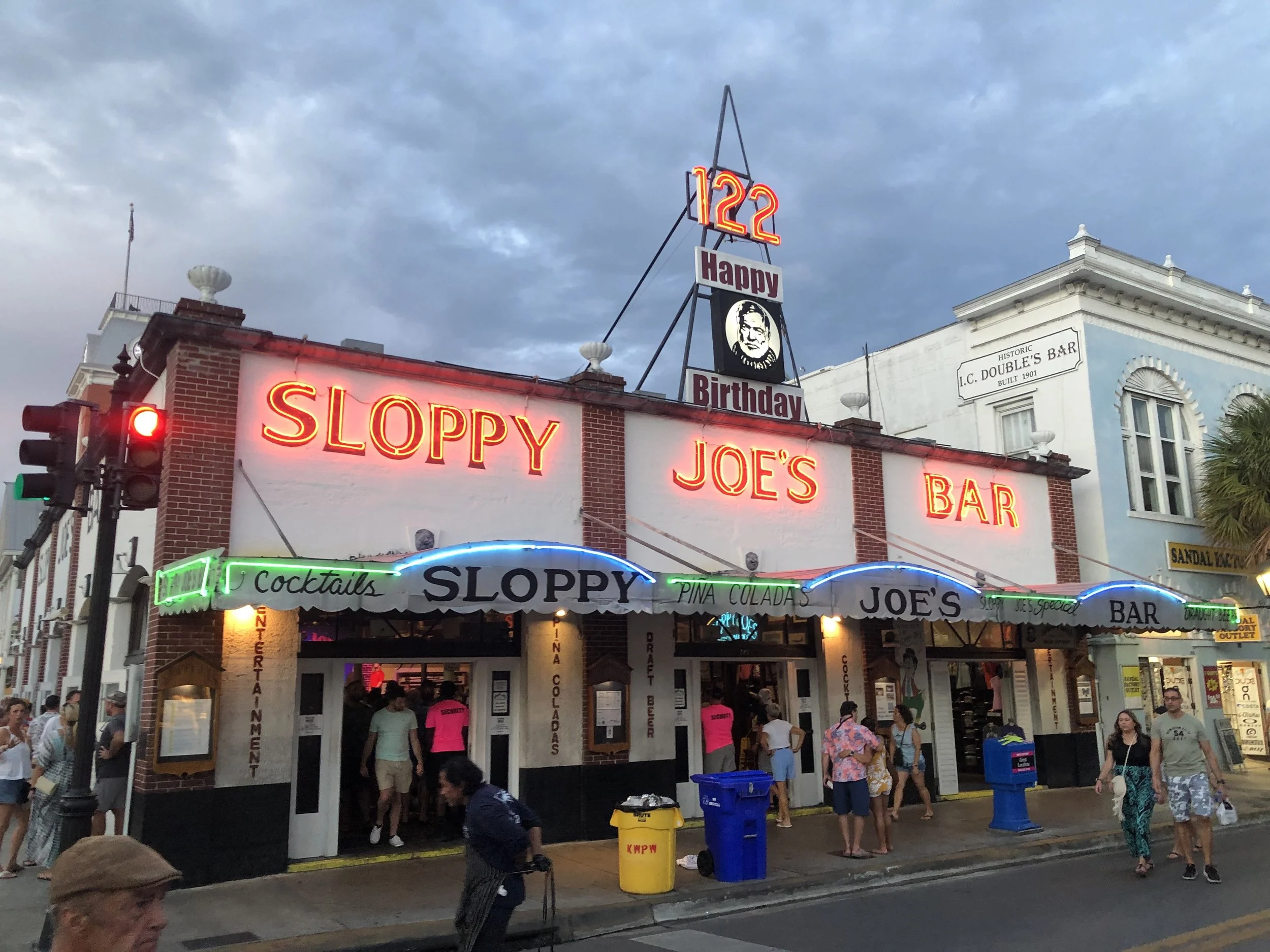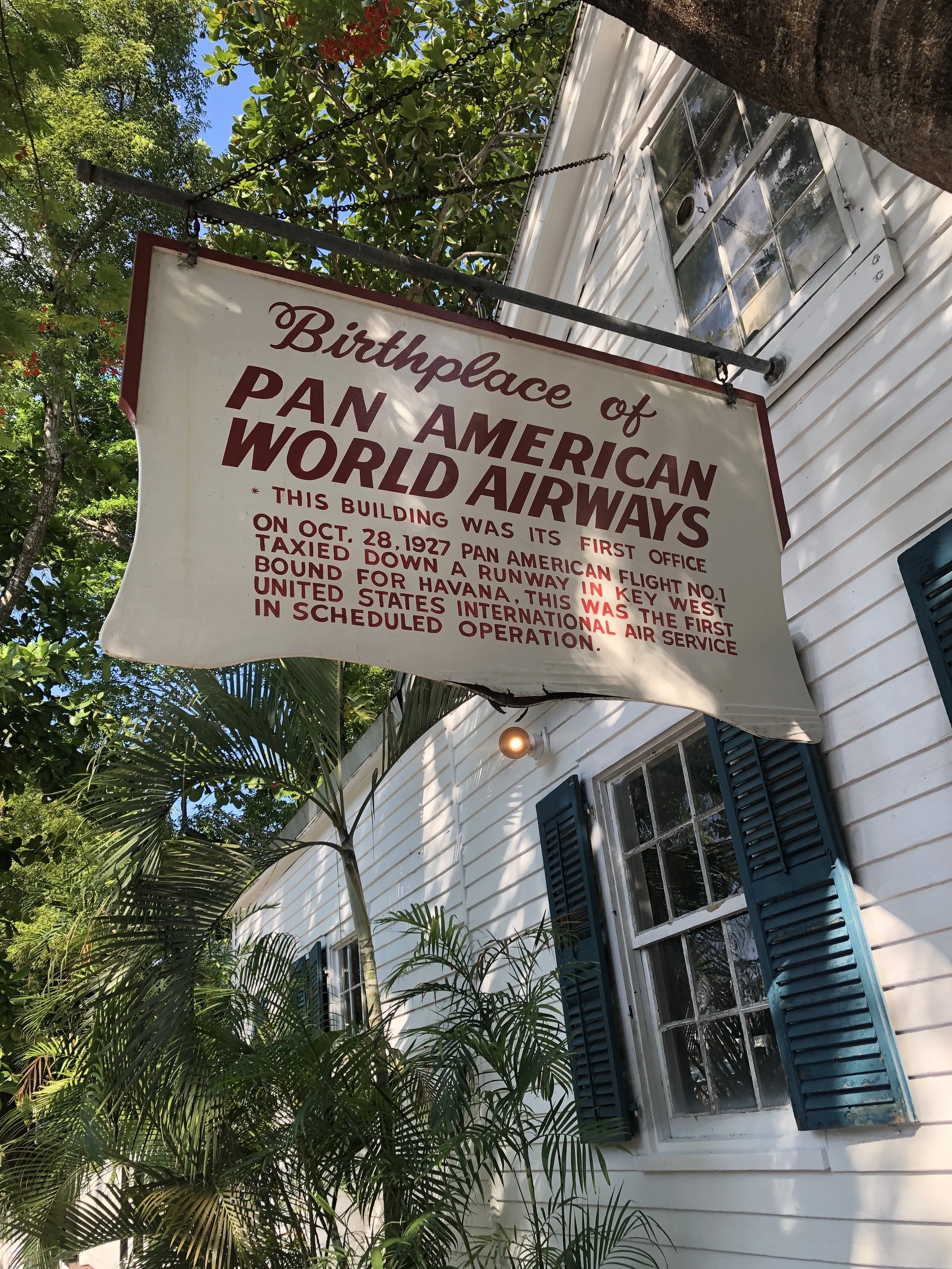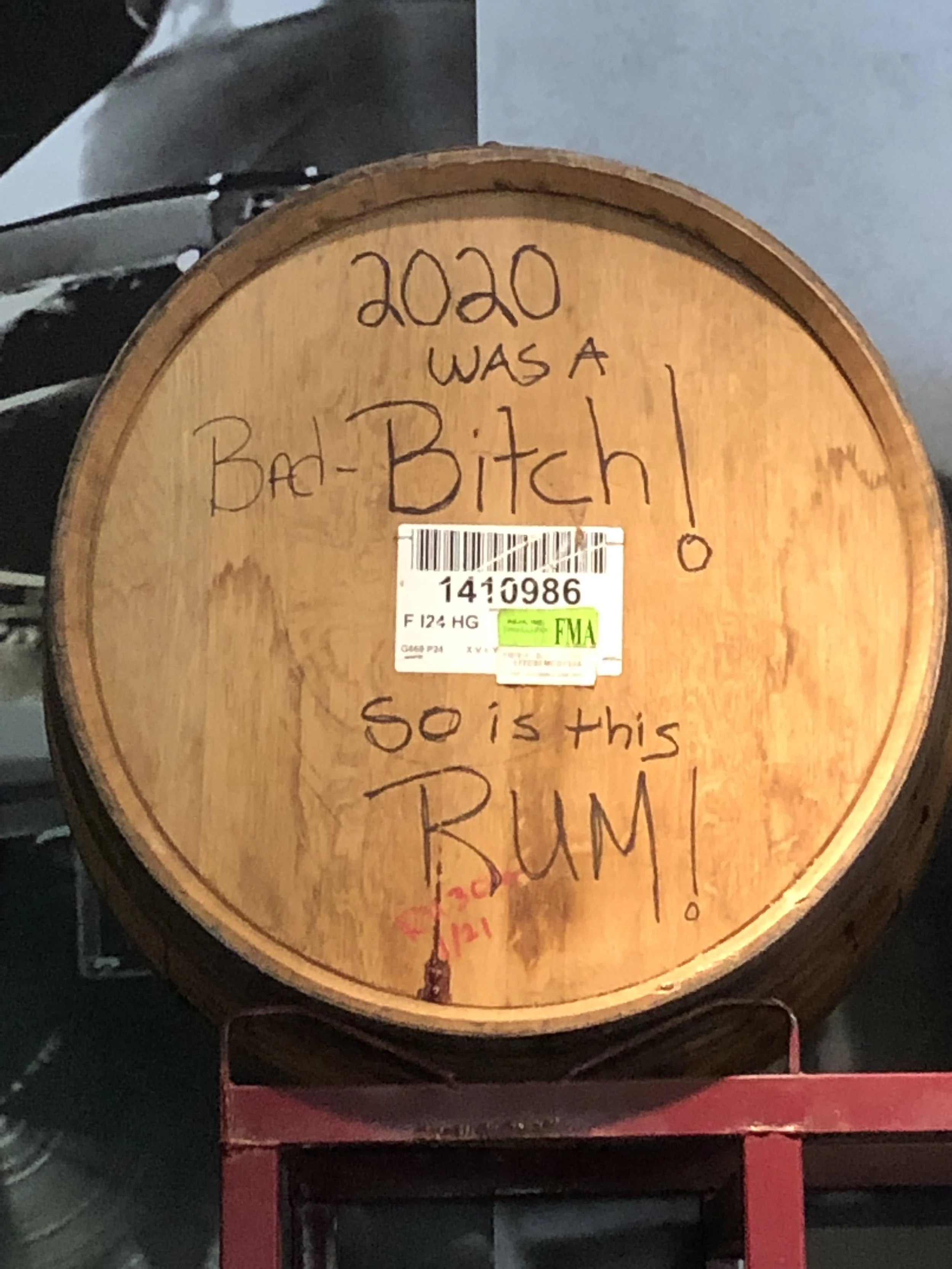Florida. Life in the Conch Republic, America’s Southernmost City
The name “Key West” is somewhat confusing because it refers to a city located in the Straits of Florida as well as an island. Along with the main Island of Key West, the City of Key West includes Fleming Key, Sunset Key, Dredgers Key, and a portion of Stock Island. The main island is six kilometers long and about two kilometers wide. Officially the southernmost city (population 26,000) in the contiguous U.S., Key West is closer to Havanna, Cuba (169km) than it is to Miami, Florida (210km). It is also the terminus of U.S. Highway 1, the longest north-south running roadway in the U.S. Since its founding, Key West has attracted a wide range of residents, from pirates to merchants, cigar makers, ship builders, rum runners, soldiers, and at least one U.S. president. Today, the self-described “Conch Republic” is a popular tourist destination. Islands that make up the Florida Keys were occupied by Native Americans at various times before the 19th century. From 1565 to 1821, the islands were under Spanish control. When the U.S. took ownership following the Adams-Onis Treaty of 1821, there were no permanent residents living in the Keys. Key West was first known as Cayo Hueso (Bone Island). In 1823, Commodore David Porter became military governor of the islands when the U.S. Navy was tasked with enforcing anti-slavery and anti-piracy laws. By 1830, Key West was among the wealthiest U.S. cities in per capita income with much of its economy tied to salt production. When Florida seceded from the U.S. during the Civil War (1861-65), Key west remained in federal hands and became a principal Union Naval base. Constructed between 1845 and 1866, Fort Zachary Taylor was the main fortification on Key West Island. Another was Fort Jefferson, located on Garden Key, 109 kilometers to the west. In 1912, Florida’s East Coast Railway linked Key West to the Florida mainland. The route later became U.S. Highway 1.
Located near the city’s Old Town, we toured the Harry S. Truman Little White House (aka Winter White House). Constructed to serve as the officer’s quarters for a U.S. naval station, the building was converted into a residence for the base commandant in 1911. For a brief period during World War I, the building was used by Thomas Edison when he volunteered to aid the war effort. When U.S. President Harry Truman completed his first 19 months in office, his doctor strongly recommended that he take a vacation. Truman first stayed at the house in November 1946, and subsequently returned for additional visits that totaled 175 days. Our tour guide took us past a circular table where Truman once played poker with friends and acquaintances. Players were sometimes needed to fill empty seats, so Truman had one of his staff visit the enlisted men’s quarters. The unsuspecting seamen who agreed to play were surprised to find their Commander and Chief sitting at the table. In 1948 Truman met with Admiral James Forrestal to hammer out the “Key West Agreement” which called for the creation of a department of defense. No longer needed by the Navy, the building was donated to the State of Florida in 1987.
Another famous resident was Earnest Hemingway who was drawn by the city’s festive atmosphere and opportunities for deep sea fishing. Hemingway arrived on a steamship in April 1928. Three years later he and his wife Pauline bought a house located on the southern end of the main island. The French colonial style structure had been built for a wealthy marine architect in 1851. Encircling the property is a two-meter privacy wall Hemingway had installed so that he could take nude swims in his pool. While residing there, Hemingway wrote The Green Hills of Africa (1935) and To Have and Have Not (1937). After the couple’s divorce in 1940, Pauline continued to reside in the house until her death in 1951. In 1964 the house was converted into a museum. We walked through most of its rooms with the exception of Hemingway’s study that could only be seen from behind a barrier. Hemingway’s small typewriter is located on a round table in the center of the room. Earnest and Pauline loved cats and 60 feline descendants have free reign of the house’s interior. Following their practice, each is named for a celebrity. The current group includes John Wayne, Betty White, and Humprey Bogart, among others. Many carry the recessive polydactyl trait meaning that they are capable of siring kittens with six toes.
Key West’s famous Sloppy Joe’s bar was initially located on the corner of Greene and Duval Streets (the bar moved to 201 Duval Street when the lease expired on the original building). Known as the Blind Pig and then Key West Saloon, the bar was established on December 5, 1933, the day Prohibition was repealed. Eventually, the bar experienced a third name change. “Sloppy” came from the bar’s floor always being wet and “Joe’s” from the José Garcia Havana Club in Cuba. Sloppy Joe’s became Hemingway’s favorite “watering hole,” a place he would visit after a long day of writing and/or fishing. Today, Sloppy Joe’s is open daily from 10am to 4am. Each July the bar hosts a celebration of Hemingway’s life that includes a look-alike contest. We were fortunate to visit on the day finalists were being vetted by patrons. Another walk took us to Southernmost Point, a Foux concrete buoy that marks the southernmost point in the U.S. Although convenient for tourists because of its location on the main island, the marker isn’t the true southernmost place in the 48 contiguous states since the beach at Fort Zachary Taylor State Historic Site is farther south. So is Ballast Key, located sixteen kilometers to the southwest. Once among the largest airlines in the world, Pan American Airlines was founded in Key West. The airline got its start flying passengers from Key West to Havanna, Cuba in the mid-1920s using three-engine Ford Trimotor aircraft. In 1991, Pan Am filed for bankruptcy. Today, the former Pan Am headquarters and ticket office are part of a bar called “First Flight.” My wife and I and our friends ordered drinks there.
On our second day we took a two-and-a-half-hour ferry to Fort Jefferson, now part of Dry Tortugas National Park. The national park protects shipwrecks, the pre-Civil War fort, and several islands of the Dry Tortugas. The park and fort are accessible only by boat or floatplane. Constructed between 1846 and 1875 and made from 16 million bricks, Fort Jefferson is the largest all-masonry fortification in the U.S. It was never completed out of fear that additional weight might cause its foundation to subside. The fort features 2,000 arches and a lighthouse (completed in 1825) used to warn vessels about dangerous reefs. Following the Civil War, Dr. Samuel A. Mudd was imprisoned there. Mudd had been convicted of helping John Wilkes Booth following the assassination of U.S. President Abraham Lincoln in 1865. Fort Jefferson was designated a national monument by President Franklin Roosevelt in 1935 and in 1992 the monument and surrounding islands became a national park. Today, the park’s annual visitation is about 63,000. Major activities within the park include snorkeling, scuba diving, kayaking, fishing, and birdwatching.
Wandering through an older section of town we stopped for a tour of Key West First Legal Rum Distillery. Located on Simonton Street, the distillery opened in 2012 on the site of a former Coca-Cola bottling facility. During Prohibition (1920-1933), Key West was at the center of rum-running. Maze-like waterways were ideal for hiding rum boats. We were offered samples of a few types of rum produced there.

